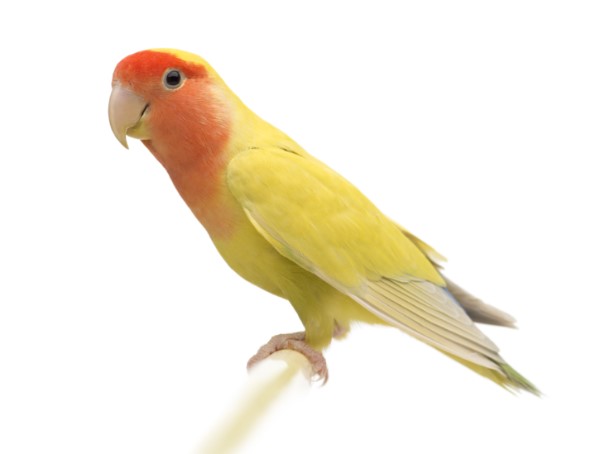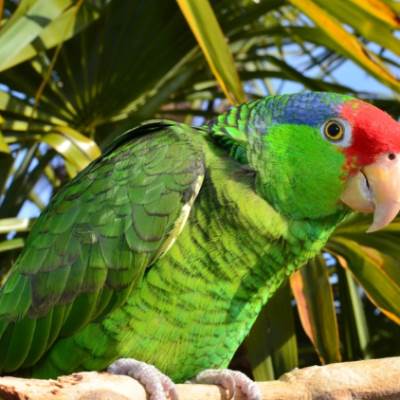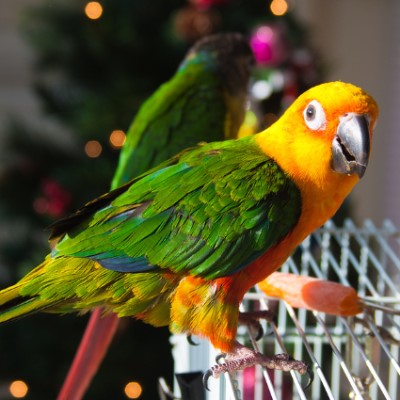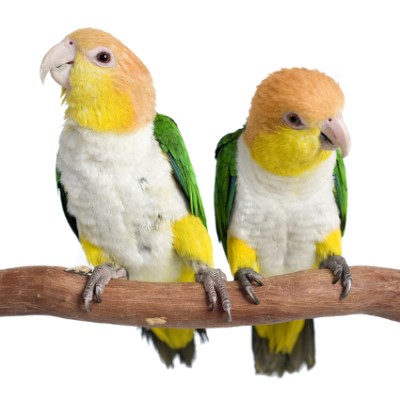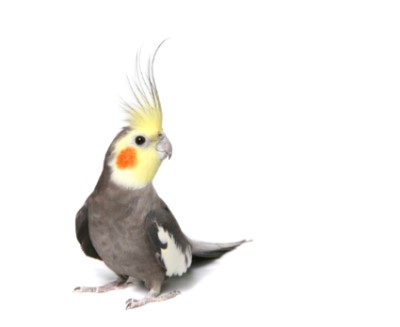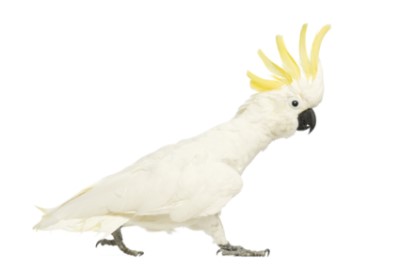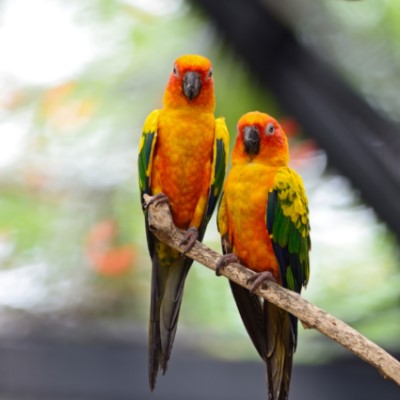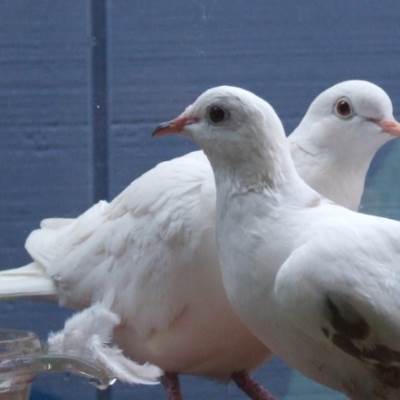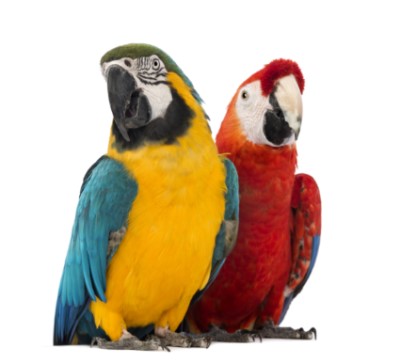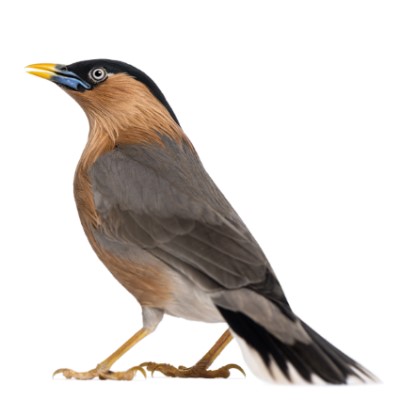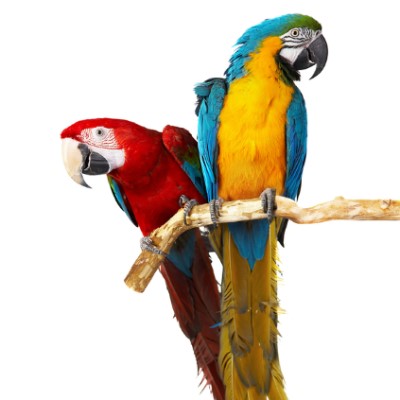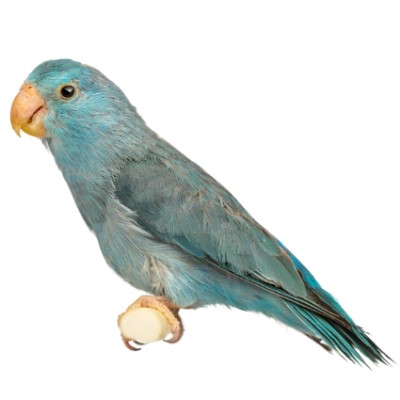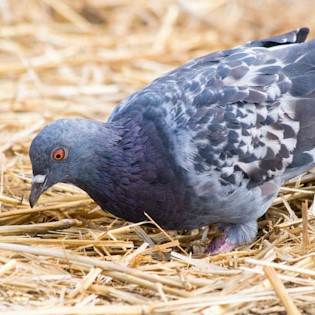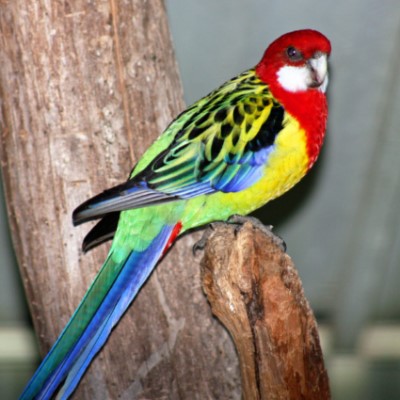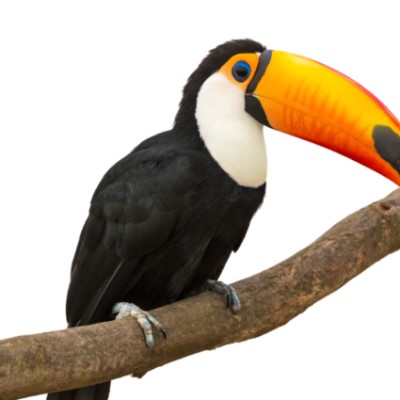Common Reasons for Surrender
Rescuers say that lovebirds are usually surrendered by owners who ignored them and put them in another room away from the family. That will automatically trigger an undesirable attitude in the lovebird, who loves attention. If you know you will be away all day at work, be kind and at minimum provide your lovebird with a mate and dedicate yourself to giving both of them a few hours of your attention every day when you are home.
Pros
The lovebirds are smaller in body and beak than many other parrots, and their smaller beaks are less likely to destroy books, furniture, or household valuables when given freedom to fly within the home. Lovebirds call and chatter with their human family and their mate, but their noise is not as deafening as the macaw or the cockatoo. (The peach-faced lovebird may have the most annoying call, which is high-pitched and piercing.)
Some people argue that the lovebird cannot talk, but there are a few YouTube videos that tell us a different story. You may enjoy watching this video, Cleo the Lovebird Talking up a Storm.
Although the lovebird is a small parrot at five to six inches long, if hand-fed from birth, many of them like to cuddle, play, and interact with their people.
Cons
This active little bird can be nippy at times, but overall is a lot of fun.
In the wild, lovebirds are small birds in a huge world and they learned to be aggressive to survive. If you keep other birds in your home, the lovebirds should not be added to a cage with birds of other species as they will even attack much larger birds with unusual boldness. If you have one lovebird at home and later decide to buy another, be sure to get one of the same species or your first lovebird may not recognize the new lovebird and attack him, injuring or even killing him.
Diet
The lovebird needs a healthy combination of birdseed, fruits, and vegetables. A diet of birdseed alone will malnourish your lovebird and will shorten his lifespan. When purchasing a lovebird, ask if your lovebird was hand-fed, meaning a human fed her instead of the bird’s parents. A hand-fed lovebird is more acclimated to human interaction and this early training can help you build a good relationship with your bird.
Exercise
If you have one lovebird, spend at least a couple hours a day interacting and handling her. You may take her out of the cage and let her perch on your finger or shoulder. She may want to cuddle with you or talk to you in chirping sounds. The lovebird in the wild is a flock animal, so she will need time interacting with you as part of her “flock” or she will need a lovebird mate.
Place a large mat on the floor to catch droppings, and set up a play gym for your lovebirds. Each play gym should have at least two perches, a ladder, swing, and built-in toys.
Possible Health Issues
Do not use mite protectors or try over-the-counter medications unless instructed to do so by a veterinarian. Lovebirds must have interaction with other birds or with their people. A bored lovebird may pluck out her feathers, become aggressive, or simply get sick. Take your lovebird to an avian veterinarian for an annual checkup where any potential problems can be recognized.
Housing
Lovebirds can be enjoyed in any home, as long as other animals, such as cats, are kept away from their cage. While the lovebird is small, she will need a larger cage, about 30 x 30 x 18 inches minimum. Lovebirds enjoy looking out of the window as long as that area is not drafty or kept in direct sunlight. At night, cover your lovebird’s cage with a sheet or other covering to provide security and keep away drafts.
The lovebird loves to nest. If you have paper around your home, she may shred it to take back into the cage with her later on. You can help her by providing a nesting box, where she can sleep securely, and straw or bark that she can tear apart to create a bed.
Grooming
In the morning, provide your lovebird with a shallow bowl or saucer with about half an inch of tepid water in which to bathe. If your lovebird seems hesitant to bathe, soak a large leaf of lettuce in water and place the lettuce leaf on the plate for him to wallow in. Some birds prefer to be sprayed with a fine mist. If you’ve provided perches of various widths, your lovebird’s toenails should maintain a proper length. If the toenails become too long, carefully trim them. A light colored toe nail will show the vein so you can avoid cutting into it.
Be sure to clean the cage regularly and wipe off perches and toys.
Training
If you have the time, patience, and inclination to train your lovebird, you may find hours of enjoyment ahead of you. Click on this video to watch How Many Tricks Can a Lovebird Learn.
Entertainment
The lovebird enjoys a wooden ring hung from the top of her cage. You will find she clowns around a bit with that ring. When you leave the house, be sure to supply your lovebird with home entertainment from the radio or television. This makes her feel secure as in the wild a lot of noise means a flock of happy birds.
ADDITIONAL RESOURCES
The Lovebird by Pam Higdon
We want to thank Avian Rescue Corporation (ARC), Concord, California, and Feathered Friends Forever, Harlem, Georgia, for help with this profile.
